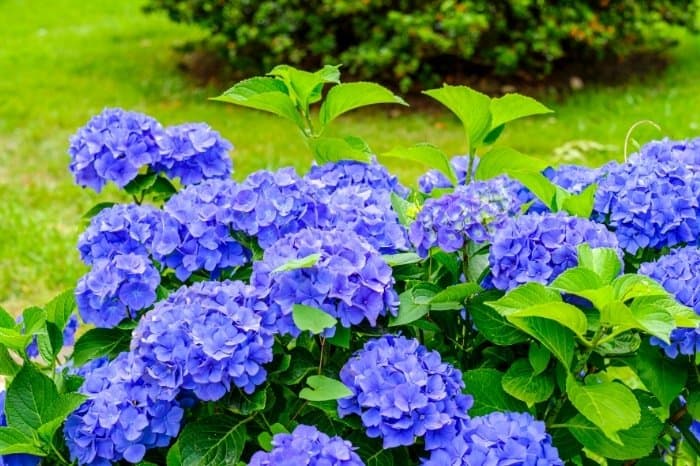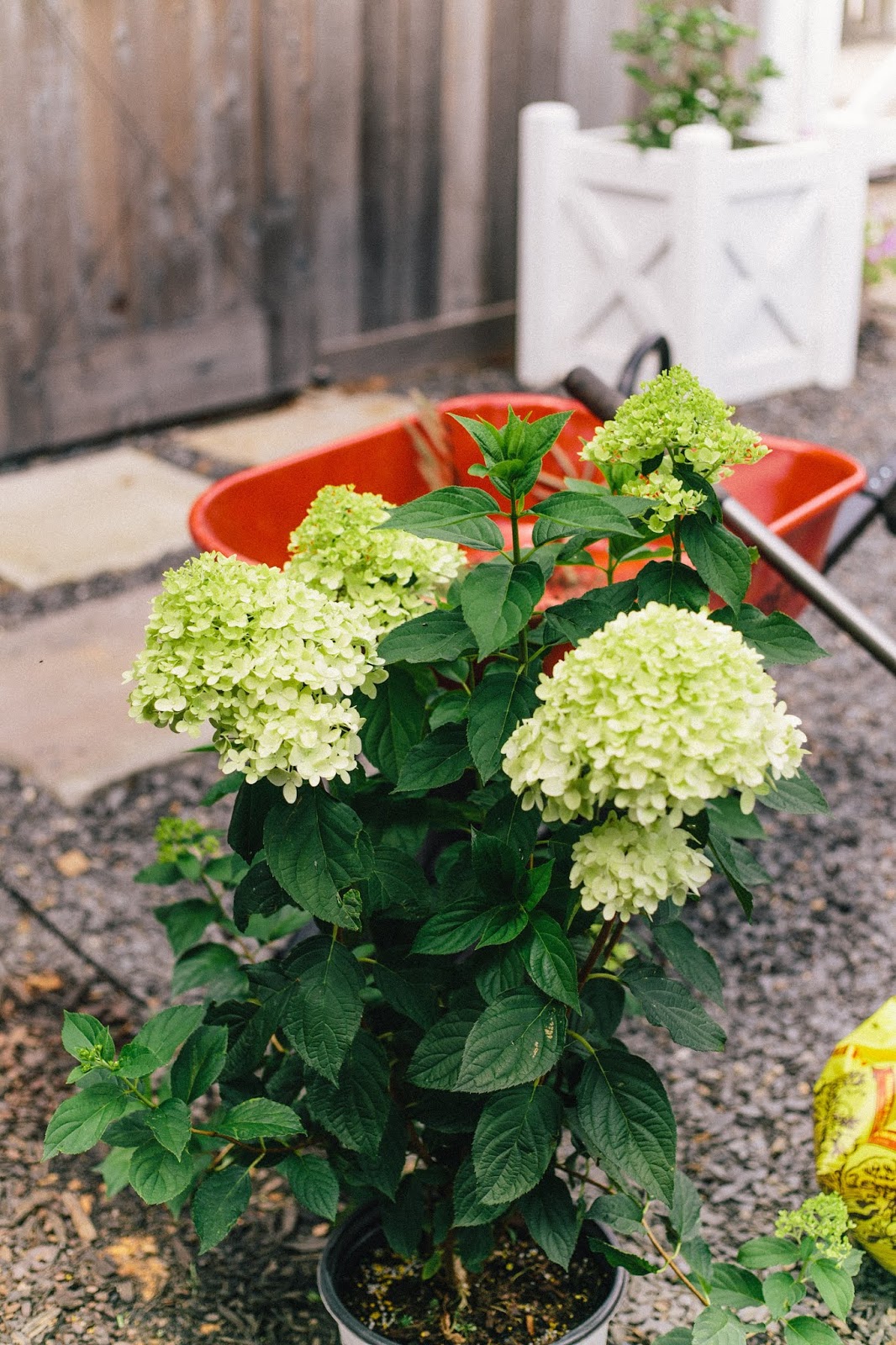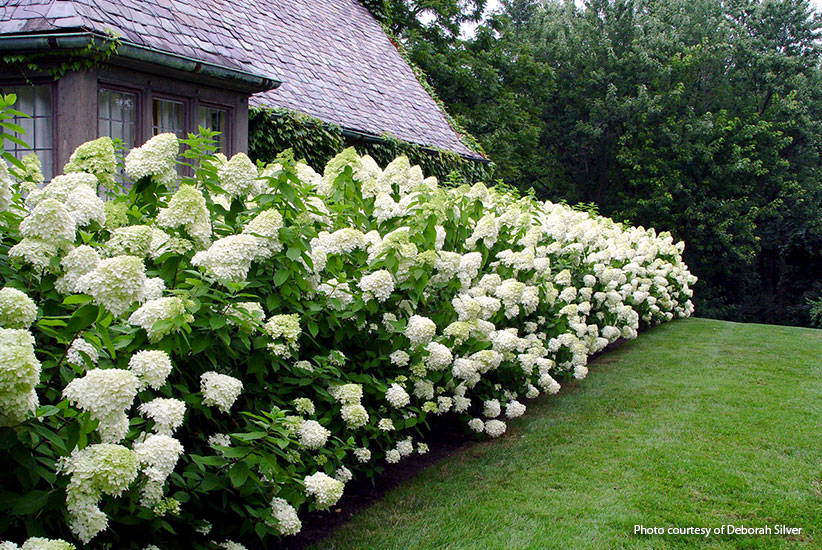Understanding Hydrangea Sun Tolerance
Hydrangeas are a popular choice for gardeners, but can you plant hydrangeas in full sun? The answer depends on the type of hydrangea and its specific sun tolerance. While some hydrangeas can thrive in full sun, others may require partial shade to prevent scorching and promote healthy growth.
There are several types of hydrangeas, each with its unique characteristics and sun requirements. Bigleaf hydrangeas, for example, prefer partial shade to full sun, while Panicle hydrangeas can tolerate full sun to partial shade. Smooth hydrangeas, on the other hand, can thrive in full sun but may require more frequent watering.
It’s essential to understand the sun tolerance of your hydrangea variety to provide the right conditions for optimal growth. If you’re unsure about the sun requirements of your hydrangea, consult with a gardening expert or check the plant label for specific instructions.
In general, hydrangeas prefer well-draining soil and a slightly acidic pH. However, their sun tolerance can vary significantly depending on the type and climate. In warmer climates, hydrangeas may require more shade to prevent scorching, while in cooler climates, they may tolerate more sun.
When planting hydrangeas in full sun, it’s crucial to monitor their progress and adjust their care accordingly. Keep an eye out for signs of scorching, such as yellowing leaves or brown edges, and provide additional shade or watering as needed.
How to Choose the Right Hydrangea Variety for Full Sun
When it comes to planting hydrangeas in full sun, selecting the right variety is crucial for success. Not all hydrangeas are created equal, and some are better suited for full sun than others. If you’re wondering can you plant hydrangeas in full sun, the answer is yes, but you need to choose the right variety.
Bigleaf hydrangeas (Hydrangea macrophylla) are a popular choice for full sun, but they require some protection from intense afternoon sun. They prefer well-draining soil and consistent moisture, making them a great choice for gardeners who want to add some color to their full sun garden.
Panicle hydrangeas (Hydrangea paniculata) are another excellent option for full sun. They are more tolerant of heat and drought than Bigleaf hydrangeas and produce stunning white or pink flowers in the summer. They also require well-draining soil and regular watering, but they are more forgiving than Bigleaf hydrangeas.
Smooth hydrangeas (Hydrangea arborescens) are a great choice for full sun, especially in warmer climates. They produce beautiful white flowers in the summer and have a more compact growth habit than other hydrangea varieties. They prefer well-draining soil and regular watering, but they are more drought-tolerant than other hydrangeas.
When selecting a hydrangea variety for full sun, make sure to read the plant label or consult with a gardening expert to ensure you’re getting a variety that is suitable for your climate and soil type. With the right variety and proper care, you can enjoy beautiful hydrangeas in full sun.
Preparing the Soil for Full Sun Hydrangeas
Before planting hydrangeas in full sun, it’s essential to prepare the soil properly. Hydrangeas prefer well-draining soil that is rich in organic matter. If you’re wondering can you plant hydrangeas in full sun, the answer is yes, but you need to ensure the soil is suitable for them.
To test the soil pH, use a soil testing kit or send a sample to a lab for analysis. Hydrangeas prefer a slightly acidic to neutral soil pH, ranging from 6.0 to 7.0. If the soil pH is too high or too low, amend it with lime or sulfur to adjust the pH.
Next, add organic matter to the soil to improve its structure and fertility. Compost, well-rotted manure, or peat moss are excellent options. Mix 2-3 inches of organic matter into the top 6-8 inches of soil. This will help retain moisture, suppress weeds, and provide nutrients to the hydrangeas.
Proper drainage is also crucial for hydrangeas in full sun. If the soil is heavy clay or prone to waterlogging, consider raising the bed or adding organic matter to improve drainage. You can also install a drainage system, such as a French drain, to prevent water from accumulating in the soil.
Finally, remove any debris, rocks, or weeds from the soil to create a smooth, even surface. This will help prevent damage to the hydrangea roots and ensure proper growth.
By preparing the soil properly, you’ll be able to provide your hydrangeas with the best possible start in full sun. Remember to choose a variety that is suitable for full sun, and follow the tips outlined in this article to ensure success.
Planting Hydrangeas in Full Sun: Tips and Tricks
Now that you’ve prepared the soil and chosen the right hydrangea variety for full sun, it’s time to plant. Planting hydrangeas in full sun requires some special care to ensure they get off to a healthy start.
Start by digging a hole that is twice as wide and just as deep as the root ball of the hydrangea. If you’re planting a bare-root hydrangea, make sure to dig a hole that is deep enough to accommodate the roots.
Gently remove the hydrangea from its container or burlap, taking care not to damage the roots. If the roots are wrapped in burlap, remove the burlap and any string or wire that may be holding it in place.
Place the hydrangea in the hole, making sure the crown (where the stem meets the roots) is level with the soil surface. Fill in the hole with soil, gently firming it around the roots as you go. Make sure not to compact the soil too much, as this can prevent proper drainage.
Water the hydrangea thoroughly after planting, and continue to keep the soil consistently moist during the first growing season. This will help the hydrangea establish a strong root system and thrive in full sun.
Mulching around the base of the hydrangea can also help retain moisture and suppress weeds. Use a thin layer of organic mulch, such as wood chips or bark, and keep it a few inches away from the stem.
Finally, provide adequate support for the hydrangea as it grows. This may include staking the plant or providing a trellis for it to climb on. With proper care and support, your hydrangea should thrive in full sun and provide beautiful blooms for years to come.
Providing Proper Care for Full Sun Hydrangeas
Once you’ve planted your hydrangeas in full sun, it’s essential to provide them with the proper care to ensure they thrive. This includes regular watering, fertilizing, and pruning.
Watering is crucial for hydrangeas in full sun, as they need consistent moisture to prevent scorching and wilting. Water them deeply once or twice a week, depending on weather conditions. Avoid getting water on the leaves or flowers to prevent fungal diseases.
Fertilizing is also important for hydrangeas in full sun. Use a balanced fertilizer in the spring and summer months to promote healthy growth and blooming. Avoid over-fertilizing, as this can damage the roots and lead to poor growth.
Pruning is another essential care requirement for hydrangeas in full sun. Prune your hydrangeas in the late winter or early spring to remove dead or damaged branches and promote new growth. Cut back the stems to about 12-18 inches from the ground to encourage bushy growth and prevent legginess.
In addition to these care requirements, it’s also important to monitor your hydrangeas for pests and diseases. Keep an eye out for signs of aphids, whiteflies, and spider mites, and treat them promptly if necessary. Regularly inspect your plants for signs of fungal diseases, such as leaf spot or powdery mildew, and treat them with a fungicide if necessary.
By providing your hydrangeas with the proper care, you can enjoy beautiful blooms and a thriving plant in full sun. Remember to choose a variety that is suitable for full sun, and follow the tips outlined in this article to ensure success.
Common Challenges and Solutions for Full Sun Hydrangeas
While hydrangeas can thrive in full sun, they can also face some common challenges. Leaf scorch, wilting, and root damage are some of the most common issues that can arise when growing hydrangeas in full sun.
Leaf scorch is a common problem that can occur when hydrangeas are exposed to intense sunlight. To prevent leaf scorch, provide your hydrangeas with some afternoon shade, especially in warmer climates. You can also use a sheer curtain or shade cloth to filter the sunlight and prevent scorching.
Wilting is another common issue that can occur when hydrangeas are not receiving enough water. To prevent wilting, make sure to water your hydrangeas regularly, especially during hot and dry weather. You can also mulch around the base of the plant to retain moisture and reduce evaporation.
Root damage can occur when hydrangeas are planted in soil that is too dry or too wet. To prevent root damage, make sure to plant your hydrangeas in well-draining soil that is rich in organic matter. You can also avoid over-watering or under-watering your hydrangeas, as this can cause root damage.
If you’re experiencing any of these common challenges, don’t worry There are many solutions and troubleshooting tips that can help you overcome these issues. By following these tips and providing your hydrangeas with the right care, you can enjoy beautiful blooms and a thriving plant in full sun.
Some other common challenges that can arise when growing hydrangeas in full sun include pests and diseases. To prevent pests and diseases, make sure to monitor your plants regularly and take preventative measures. You can also use organic or chemical controls to treat any infestations or infections that may occur.
By being aware of these common challenges and taking steps to prevent them, you can enjoy a beautiful and thriving hydrangea garden in full sun. Remember to choose a variety that is suitable for full sun, and follow the tips outlined in this article to ensure success.
Designing a Beautiful Full Sun Hydrangea Garden
Now that you’ve learned how to plant and care for hydrangeas in full sun, it’s time to think about designing a beautiful garden that showcases these stunning flowers. With a little creativity and planning, you can create a hydrangea garden that is both functional and visually appealing.
One of the key elements of a successful hydrangea garden is companion planting. By choosing plants that complement the hydrangeas in terms of color, texture, and growth habits, you can create a cohesive and beautiful garden. Some good companion plants for hydrangeas include daylilies, coneflowers, and black-eyed susans.
Another important consideration when designing a hydrangea garden is garden layout. Consider the mature size of the hydrangeas and leave enough space between them for proper air circulation and growth. You can also use a mix of large and small plants to create a visually interesting garden.
Decorative elements can also add to the beauty of a hydrangea garden. Consider adding a trellis or arbor to provide support for climbing hydrangeas, or a bench or patio to create a seating area. You can also use garden ornaments, such as statues or bird baths, to add visual interest to the garden.
When designing a full sun hydrangea garden, it’s also important to consider the color palette. Hydrangeas come in a range of colors, including pink, blue, and white, so choose companion plants that complement these colors. You can also use garden decor, such as planters and garden ornaments, to add pops of color to the garden.
By incorporating these design elements, you can create a beautiful and thriving full sun hydrangea garden that will provide you with years of enjoyment. Remember to choose a variety of hydrangea that is suitable for full sun, and follow the tips outlined in this article to ensure success.
Conclusion: Enjoying the Beauty of Full Sun Hydrangeas
Planting hydrangeas in full sun can be a rewarding experience, especially when you see the beautiful blooms that these flowers produce. By following the tips and guidelines outlined in this article, you can create a stunning full sun hydrangea garden that will provide you with years of enjoyment.
Remember to choose a variety of hydrangea that is suitable for full sun, and follow the steps outlined in this article to ensure success. With proper care and attention, your hydrangeas will thrive in full sun and provide you with beautiful blooms all season long.
So, can you plant hydrangeas in full sun? The answer is yes, and with the right care and attention, you can enjoy the beauty of these stunning flowers all season long. Whether you’re a seasoned gardener or just starting out, planting hydrangeas in full sun is a great way to add some beauty and interest to your garden.
By following the tips and guidelines outlined in this article, you can create a beautiful and thriving full sun hydrangea garden that will provide you with years of enjoyment. So why not give it a try? Plant some hydrangeas in full sun today and enjoy the beauty of these stunning flowers all season long.







/top-hydrangea-varieties-4129245-hero-005bfa56283a424c83302791fc0cba62.jpg)
